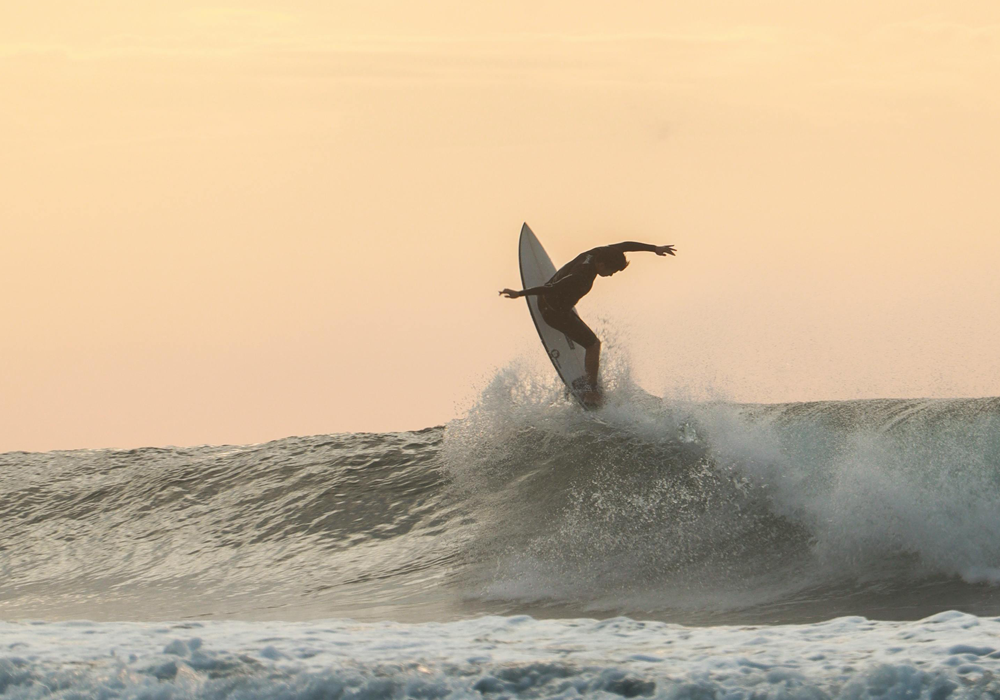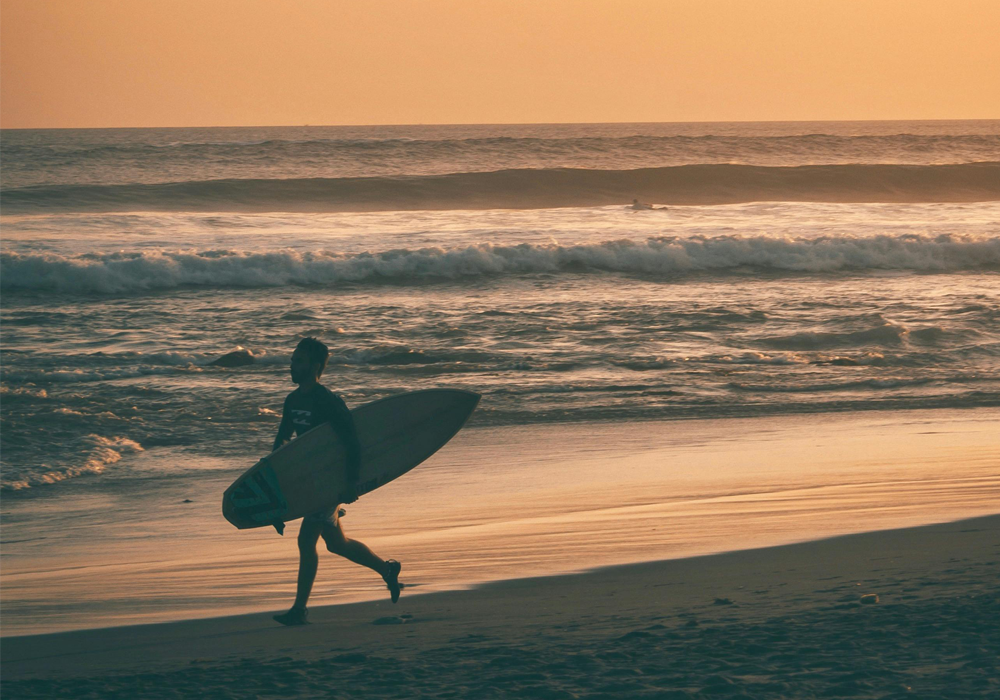As a new surfer, understanding the role of wind direction and speed in shaping wave quality is crucial. Wind can significantly impact your surfing experience, transforming pristine waves into choppy messes or creating perfect, glassy conditions.
Understanding Wind Direction and Speed
Wind direction refers to the direction from which the wind is blowing. For surfers, two primary wind directions matter:
- Offshore Wind: This is the ideal wind direction for surfing. Offshore winds blow from the land towards the ocean, smoothing the wave faces and creating cleaner, more powerful waves. This is especially beneficial for experienced surfers looking for barreling waves.
- Onshore Wind: Onshore winds blow from the ocean towards the land, causing the wave faces to become choppy and less defined. While some surfers may enjoy the added power and turbulence of onshore winds for specific maneuvers, it generally degrades wave quality.
The Impact of Wind Speed
Wind speed, measured in knots or miles per hour, also plays a significant role in surf conditions.
- Light Wind: Light winds, typically below 10 knots, can create ideal surfing conditions, especially when combined with offshore winds. These conditions often result in glassy, clean waves with well-defined faces.
- Moderate Wind: Moderate winds, between 10 and 20 knots, can still be surfable, but they can start to affect wave quality. Onshore winds in this range can create choppy conditions, while offshore winds can make it challenging to paddle into waves.
- Strong Wind: Strong winds, above 20 knots, can significantly degrade wave quality, making it difficult to surf. Onshore winds in this range can create very choppy conditions, while offshore winds can make it almost impossible to paddle out and catch waves.
Wind Direction in Bali: A Monthly Breakdown
Bali, a world-renowned surfing destination, experiences distinct wind patterns throughout the year. Understanding these patterns can help you plan your surf trip accordingly.
Dry Season (April to September):
During the dry season, Bali experiences predominantly offshore winds, particularly from the southeast. This makes it an ideal time for surfing, with clean, powerful waves. However, it’s important to note that wind conditions can vary depending on specific locations.
- April and May: Southeast winds dominate, creating excellent surf conditions, especially on the Bukit Peninsula.
- June, July, and August: Southeast winds continue to prevail, offering consistent surf. However, occasional westerly winds can affect conditions on the west coast.
- September: The transition to the wet season begins, with increasing westerly winds, especially towards the end of the month.
Wet Season (October to March):
The wet season in Bali is characterized by predominantly westerly winds. While these winds can create challenging surf conditions, there are still opportunities for good surf, especially on the east coast.
- October and November: Westerly winds begin to pick up, making conditions less ideal for surfing. However, there can still be good surf on the east coast, particularly around Nusa Lembongan and Nusa Penida.
- December and January: Westerly winds are strong, making it difficult to surf on the west coast. However, the east coast can still offer good waves, especially during periods of lighter wind.
- February and March: The wet season begins to wind down, with decreasing westerly winds. This can lead to improved surf conditions, particularly on the west coast.
Remember: Wind conditions can vary significantly from day to day, so it’s always a good idea to check a reliable surf forecast before heading out. By understanding the impact of wind direction and speed on wave quality, you can make informed decisions about where and when to surf.


